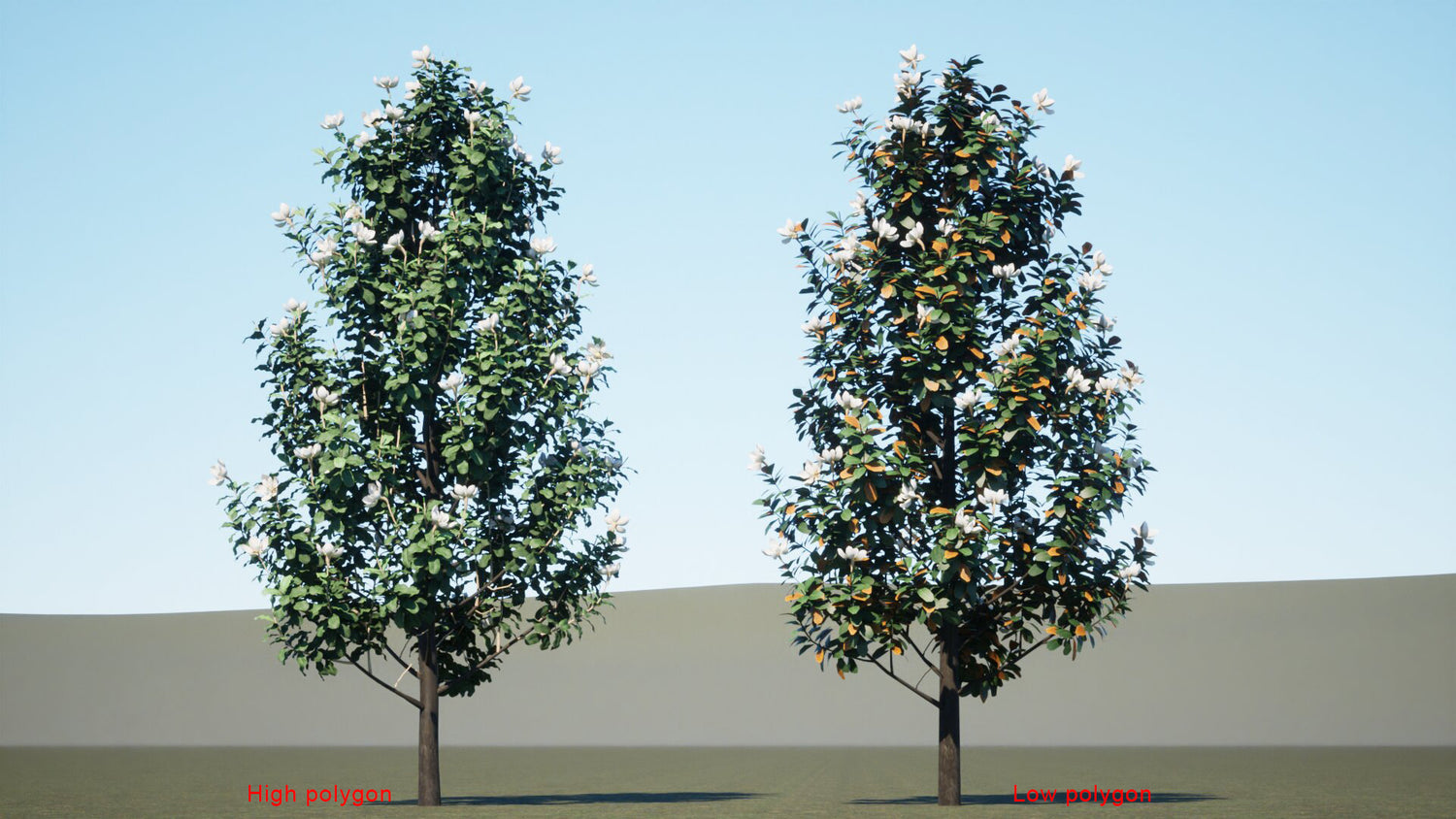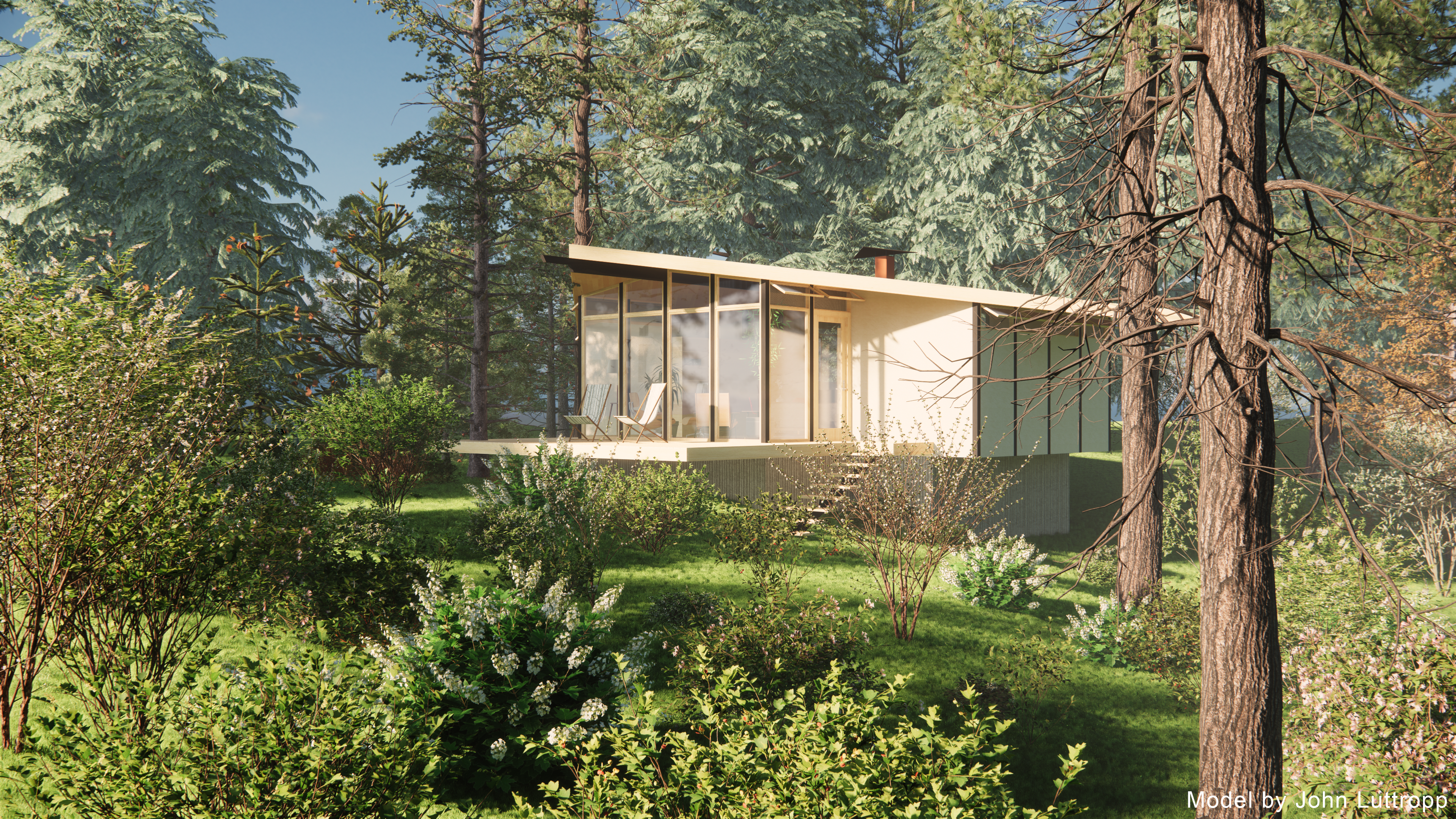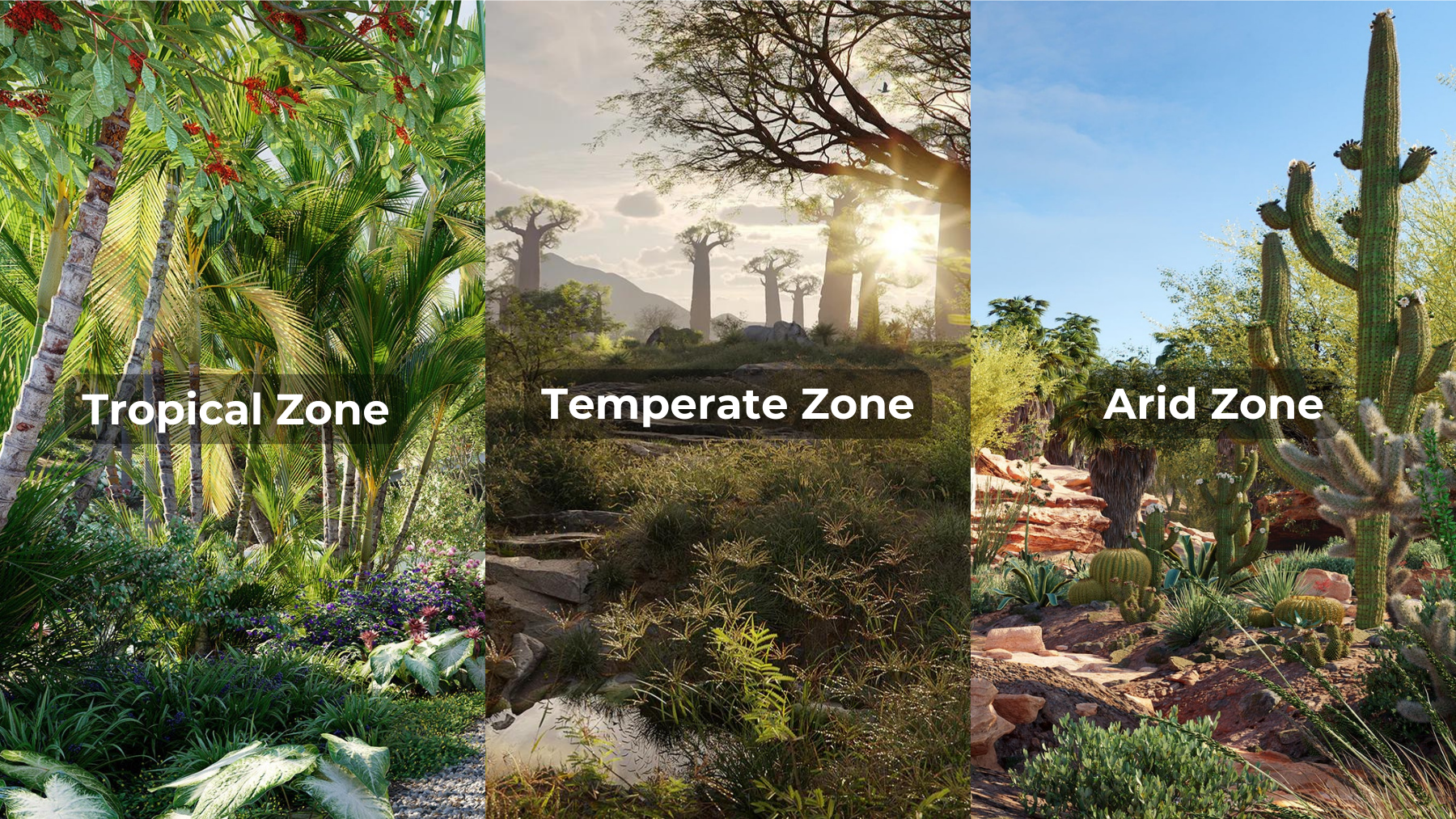When working with 3D models, especially for industries like architecture, landscape design, game development, and virtual reality (VR), the choice between high-poly and low-poly models can significantly impact your project’s success. Both types of models offer distinct advantages and are suited to different applications. In this article, we’ll break down the differences between high-poly and low-poly models, their specific uses, and how to choose the right one for your next project.
What Are High-Poly and Low-Poly Models?
At the heart of every 3D model are polygons—the building blocks that create the shape and detail of the model. The more polygons a model has, the more detailed and smooth it appears. Here's a quick definition:
High-Poly Models: Contain a large number of polygons (in the hundreds of thousands or millions), offering highly detailed, smooth surfaces and realistic appearances.
Low-Poly Models: Have fewer polygons (ranging from hundreds to a few thousand), resulting in simpler shapes and less detail, but faster performance.
The choice between high-poly and low-poly models depends on the nature of your project and its technical requirements.
When to Use High-Poly Models
1. Architectural Visualization
High-poly 3D models are perfect for architectural visualization projects where photorealism is crucial. These models capture every intricate detail—such as the veins on leaves, the texture of tree bark, and the fine details of flowers—making them ideal for close-up renders of outdoor spaces or interior landscapes.
For example, if you're designing a luxury residential garden, a high-poly Magnolia Grandiflora model will offer unparalleled detail and realism, perfect for impressing clients with high-end visual presentations. This level of detail is essential when showcasing environments where the viewer is likely to focus on the specific features of plants and greenery.
- Pros: Exceptional realism, great for photorealistic close-ups and client presentations.
- Cons: High memory usage, longer rendering times.
2. Film, Animation, and CGI
In film production and CGI, high-poly models are a must for creating ultra-realistic scenes, especially for close-up shots. Detailed 3D models of trees, shrubs, and plants can greatly enhance the believability of an environment in animated films or movie scenes. High-poly models offer rich textures and smooth surfaces, essential for cinematic quality renders.
For example, in a close-up forest scene, a high-poly model of a Eucalyptus tree will provide detailed bark textures and leaves that respond naturally to light, creating a stunningly realistic environment.
- Pros: Perfect for close-up shots and photorealism in movies and animation.
- Cons: Larger file sizes, longer rendering and processing times.
When to Use Low-Poly Models
1. Game Development
In game development, especially for open-world or mobile games, low-poly 3D models are often the better choice. Games require efficient rendering to maintain smooth performance, and low-poly models reduce the computational load. These models can be used in vast landscapes where plants and trees are not the primary focus but are crucial for setting the scene.
For instance, a low-poly palm tree is ideal for a tropical game environment, especially when players won’t be focusing closely on the details. Low-poly models are often enhanced with texture maps to simulate more detail, creating the illusion of complexity without sacrificing performance.
- Pros: Faster rendering, essential for large-scale game environments.
- Cons: Less detail, not ideal for close-up or high-realism scenes.
2. Virtual Reality (VR) and Augmented Reality (AR)
In VR and AR applications, maintaining high frame rates is critical for a smooth, immersive experience. Low-poly models are preferred because they are lightweight and render quickly, which is vital in these performance-heavy applications.
For example, in a VR landscape walkthrough, using low-poly models of trees and shrubs will ensure that users can move around without experiencing lag, while still enjoying a visually immersive environment. The reduced polygon count allows for smoother interactions and seamless experiences in virtual environments.
- Pros: Optimized for performance, essential for real-time applications in VR and AR.
- Cons: Less detailed than high-poly models, making them less suitable for up-close views.
Combining High-Poly and Low-Poly Models: Level of Detail (LOD)
For larger projects, you don’t always have to choose between high-poly and low-poly models. Level of Detail (LOD) techniques can be used to switch between different versions of a model depending on the viewer's distance. Close-up views can use high-poly models, while distant views use low-poly versions, balancing detail and performance.
For example, in an architectural visualization of an urban park, high-poly models can be used for plants near the camera, while low-poly models are used for plants in the background. This approach ensures that the final render maintains both realism and performance optimization.
How to Choose Between High-Poly and Low-Poly Models for Your Project
When deciding which model type to use, consider the following factors:
Project Type:
-
For architectural visualizations or CGI, high-poly models are best when realism is key.
-
For games, VR, or AR, low-poly models ensure smooth performance.
Detail Requirements:
-
If viewers will be interacting with or seeing the model up close, go with high-poly.
-
For large-scale scenes or distant elements, low-poly models are more efficient.
Rendering and Processing Power:
-
High-poly models require more memory and longer rendering times, so they are better suited for powerful systems and offline rendering.
-
Low-poly models are ideal for projects with limited resources or real-time rendering requirements.
Conclusion: High-Poly or Low-Poly – Which Should You Choose?
Choosing between high-poly and low-poly models depends on the specific demands of your project. High-poly models provide the detail needed for photorealistic renders and close-up views, making them ideal for architectural visualization, films, and CGI. Low-poly models, on the other hand, are perfect for performance-critical applications like game development, VR, and AR, where fast rendering is essential.
At Globe Plants, we offer a wide range of both high-poly and low-poly plant models, allowing you to find the perfect fit for any project. Whether you need high-detail models for a luxury landscape design or optimized low-poly models for a VR experience, we’ve got you covered. Explore our collections today to find the right solution for your next project!



